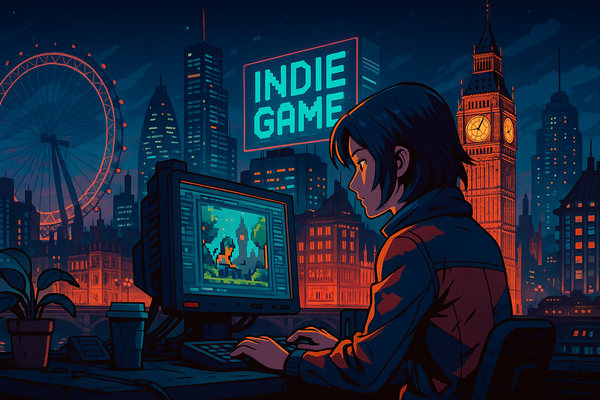The art of the first 10 Minutes: How indie games hook players instantly
The initial moments of gameplay are crucial for capturing and retaining player interest. A compelling introduction not only immerses players but also sets the tone for the entire gaming experience. This article explores effective strategies indie developers can employ to engage players within the first ten minutes of gameplay.
Immediate player engagement
First impressions are pivotal. Games like Limbo exemplify this by immersing players directly into the game world without extensive tutorials or cutscenes. The absence of explicit instructions encourages exploration and curiosity, allowing players to learn mechanics organically through interaction. This approach fosters a sense of discovery and personal investment from the outset.
Intuitive onboarding
While diving straight into gameplay is effective, providing subtle guidance ensures players don't feel lost. The Witness employs environmental cues and design elements to teach game mechanics without overt tutorials. This method respects player intelligence and promotes a seamless learning curve, enhancing engagement without breaking immersion.
Establishing atmosphere and tone
The initial moments should convey the game's mood and setting. Limbo utilizes a monochromatic palette and ambient sounds to create an eerie, immersive environment right from the start. Such atmospheric design elements immediately draw players into the game's world, making the experience memorable and distinctive.
Introducing core mechanics early
Presenting the primary gameplay mechanics upfront allows players to grasp the game's essence quickly. Braid introduces its time-manipulation mechanic early, enabling players to understand and experiment with this unique feature from the beginning. Early exposure to core mechanics ensures players can fully appreciate the game's innovative aspects.
Balancing challenge and accessibility
The opening segment should be approachable yet hint at deeper complexities. Desktop Dungeons offers quick, engaging sessions that introduce players to its mechanics without overwhelming them, gradually increasing complexity as players become more comfortable. This balance maintains interest without causing frustration, encouraging continued play.
Crafting a memorable opening sequence
A striking opening can leave a lasting impression. Braid begins with a visually captivating and mysterious narrative, prompting players to delve deeper into the story and mechanics. An unforgettable introduction can differentiate a game in a crowded market, enticing players to continue their journey.
By focusing on these strategies—immediate engagement, intuitive onboarding, atmospheric design, early introduction of core mechanics, balanced challenge, and memorable openings—indie developers can create compelling experiences that captivate players within the crucial first ten minutes.




